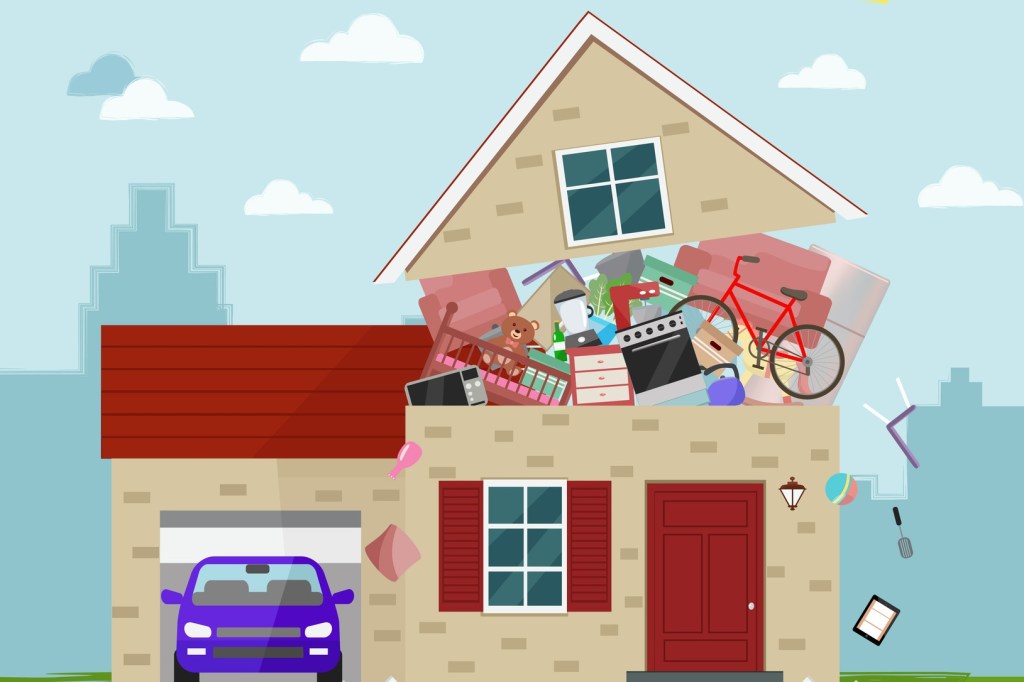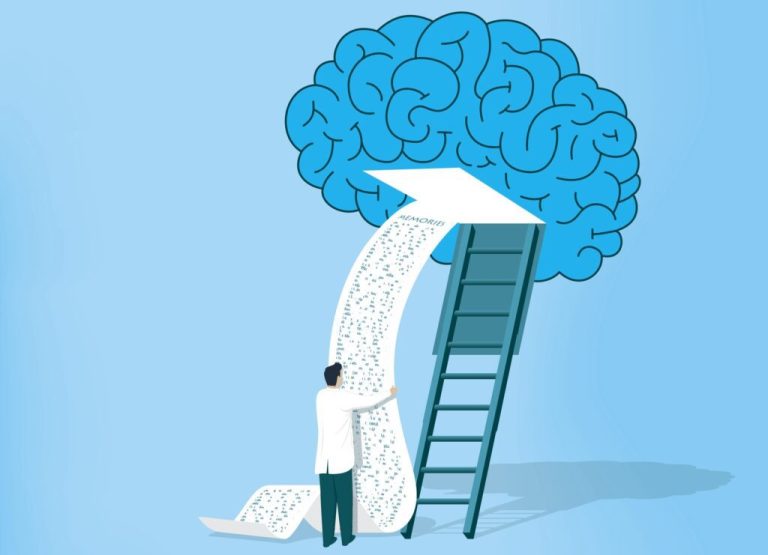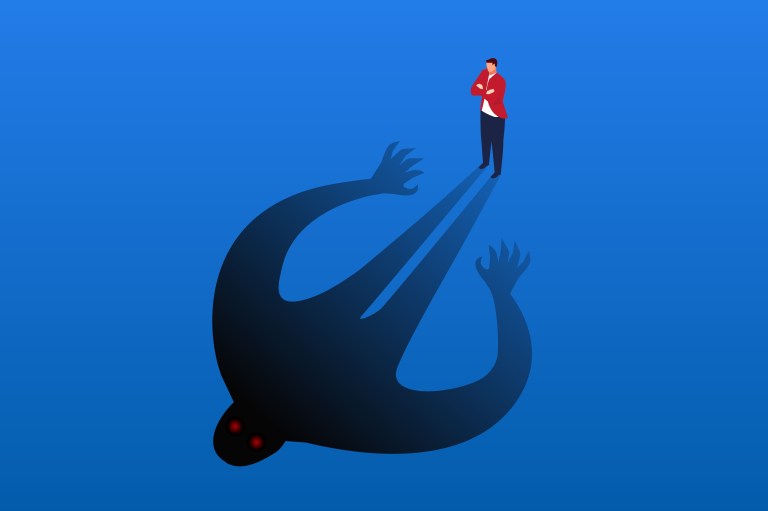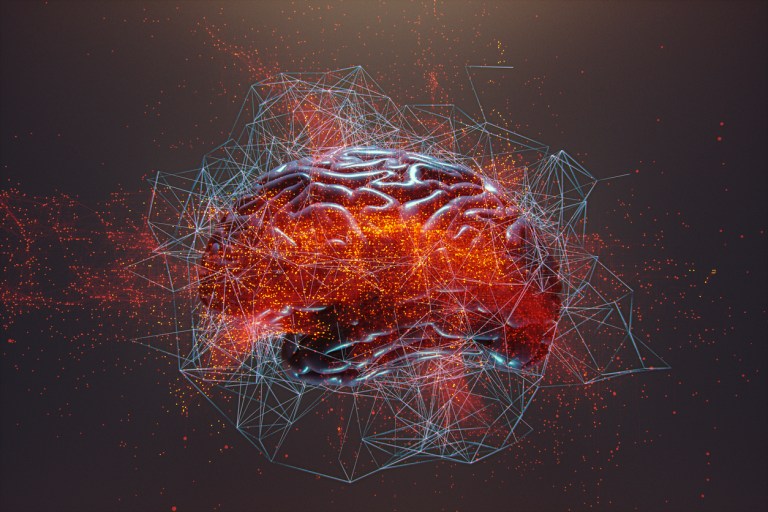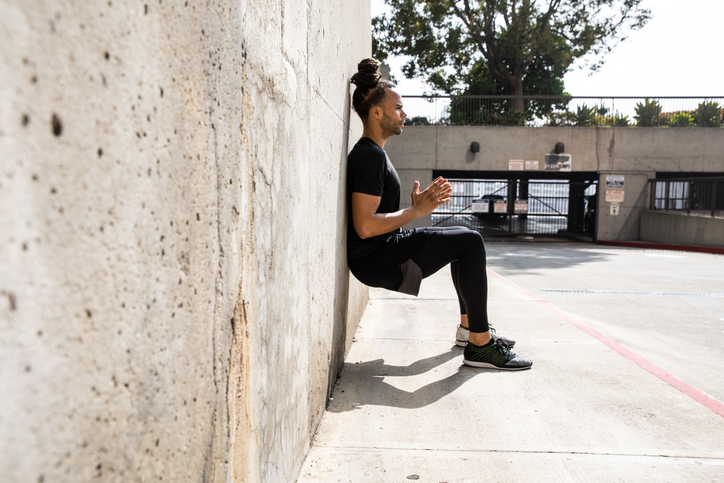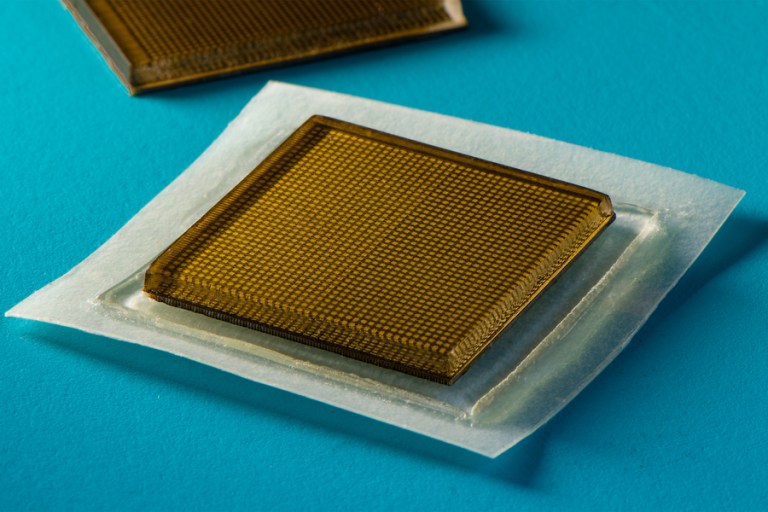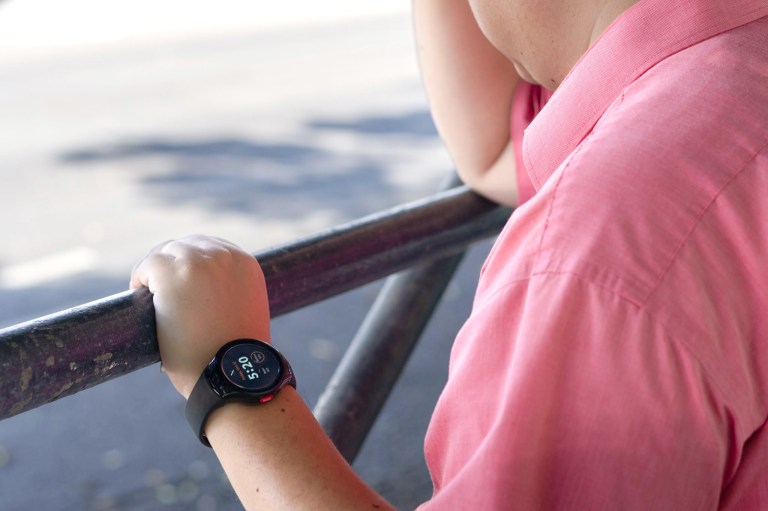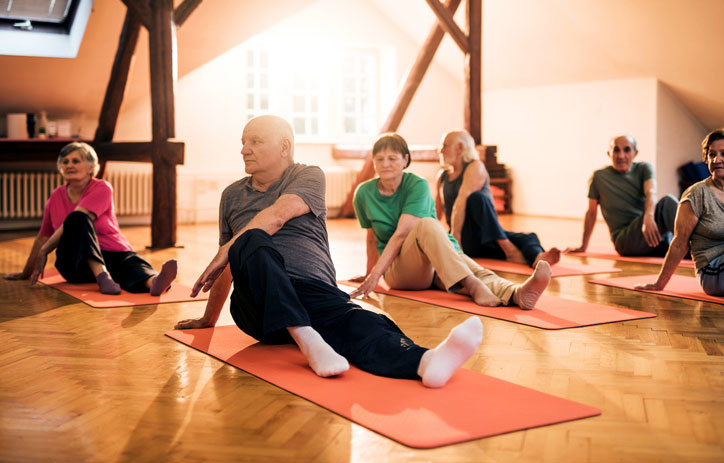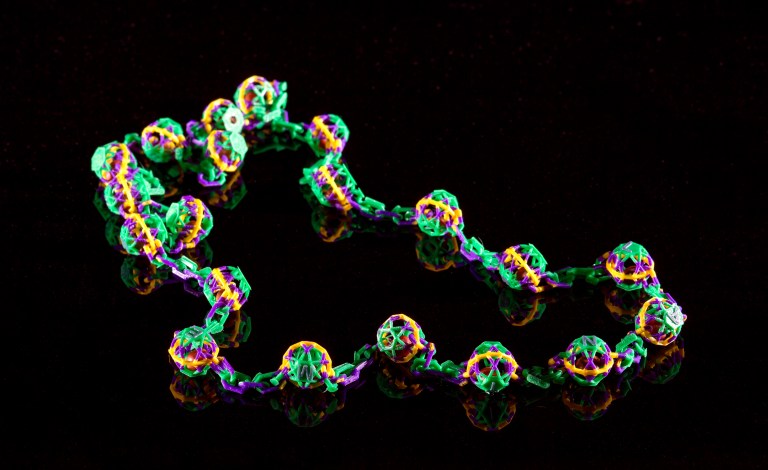It starts out small — a pile of yearbooks here, a box of old photos there. But before you can turn around (if you can turn around), all the surfaces in your home are overflowing with “things,” and finding a clear walkway is like finding a needle in a clutterstack.
It’s natural to want to hold onto items that mean a lot to us, but unmanageable amounts of clutter can make our lives more difficult. So why do we do it? To answer this, Nice News dove into the science behind why we cling to our possessions, even when it can worsen our mental health. And although it only affects 2.6% of the population, hoarding disorder can sometimes be the reason for these symptoms, according to the American Psychiatric Association — so we investigated the difference between hoarding tendencies and the disorder itself.
We also picked the brains of clinical psychologist Mary E. Dozier and professional organizer Vicky Silverthorn (yep, that’s a thing!) to learn how to get the decluttering process going for those who are just looking to clear the chaos and minimize the mess. Spoiler alert: It starts with a mindset shift.
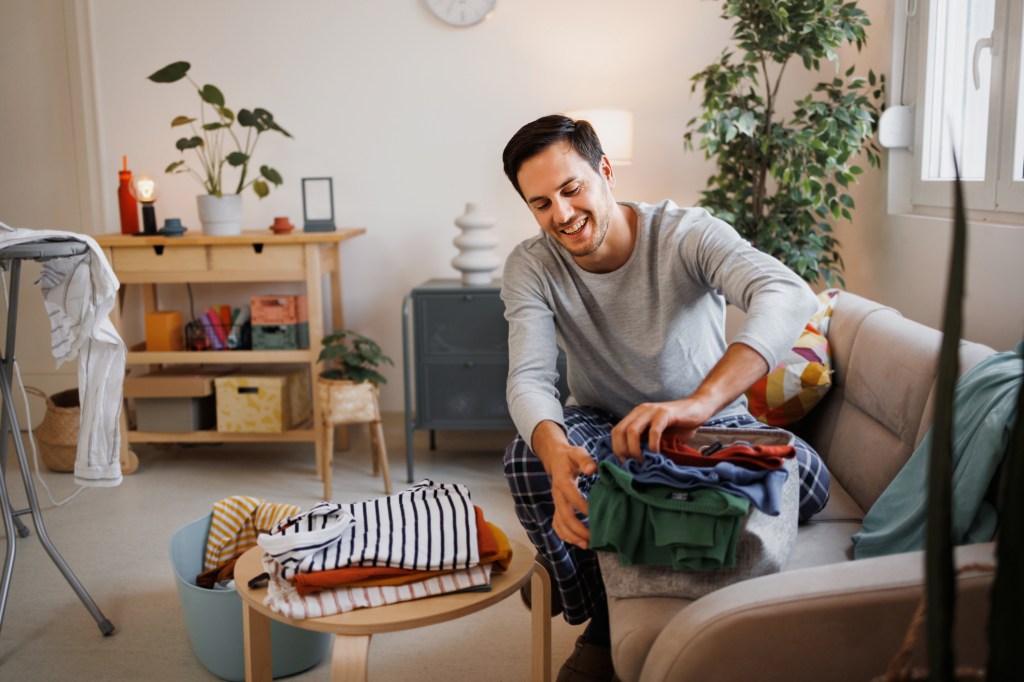
We’re Wired to Love Stuff
According to Dozier, there are three reasons we tend to hold onto certain things: They may be useful in the future, have sentimental value, or contain important information. It’s normal to feel discomfort when considering letting an item go, Silverthorn added, and that feeling of unease may be connected to us “not using it yet, worrying [we] might need it, or fearing future regret.”
Another reason we hold onto clutter may have to do with its perceived value. A 2021 study described the “specialness spiral” — the idea that not using items in our home may actually increase their worth in our eyes, leading us to keep them around even if they serve no purpose. Cue the clutter.
It’s important to note that perceived value is a key factor here. It can be tough to part with “both large, expensive items [and] small, insignificant ones,” Silverthorn acknowledged. “Sometimes, the emotional response is just as strong, regardless of the item’s size or value.”
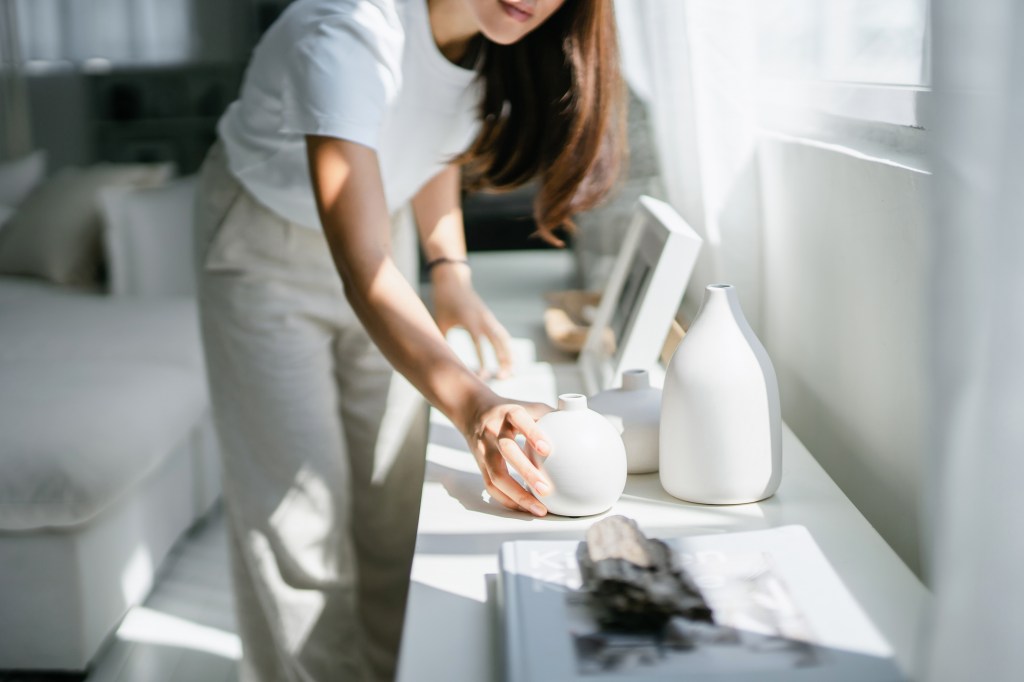
A study from the Journal of Consumer Psychology backs this up: After examining the relationship between participants and their possessions, researchers found that we may tie certain items to our self-worth, and also grieve for possessions that we link to our self-identity. Indecisiveness may also play a role, as prior research found that a group of nonclinical hoarders, identified as “packrats,” demonstrated stress and difficulty categorizing an array of items with minimal value into groups.
Strong as the inclination to hold onto things may be, Silverthorn stressed the importance of lightening our loads. “Clutter can affect our mood, productivity, ability to think clearly, and overall mental processing. It can contribute to stress, impact our well-being, and really alter our focus,” she said, adding, “For a free-flowing house and a free-flowing mind, reducing clutter really helps.”
Free Your Mind and Your Home Will Follow
Ready to ditch the disarray and reclaim your space? There are plenty of practical ways to get started (and we’ll get to those in a second) — but first, it’s helpful to get yourself into a clear headspace. “Start small and give it a go,” Silverthorn advised. “Sit with the discomfort and ask yourself: What’s the worst that could happen?”
“Usually, the ‘worst’ is just a fleeting moment of regret — a passing thought about the item — and that’s it,” she continued. “It doesn’t truly impact your life beyond that moment.” She also recommended “returning to the reason why the decluttering is happening in the first place: because more space is needed, order is wanted, or there’s just too much stuff to contend with. The only solution to that is to have less. So there’s an element of needing to be brave at the start.”
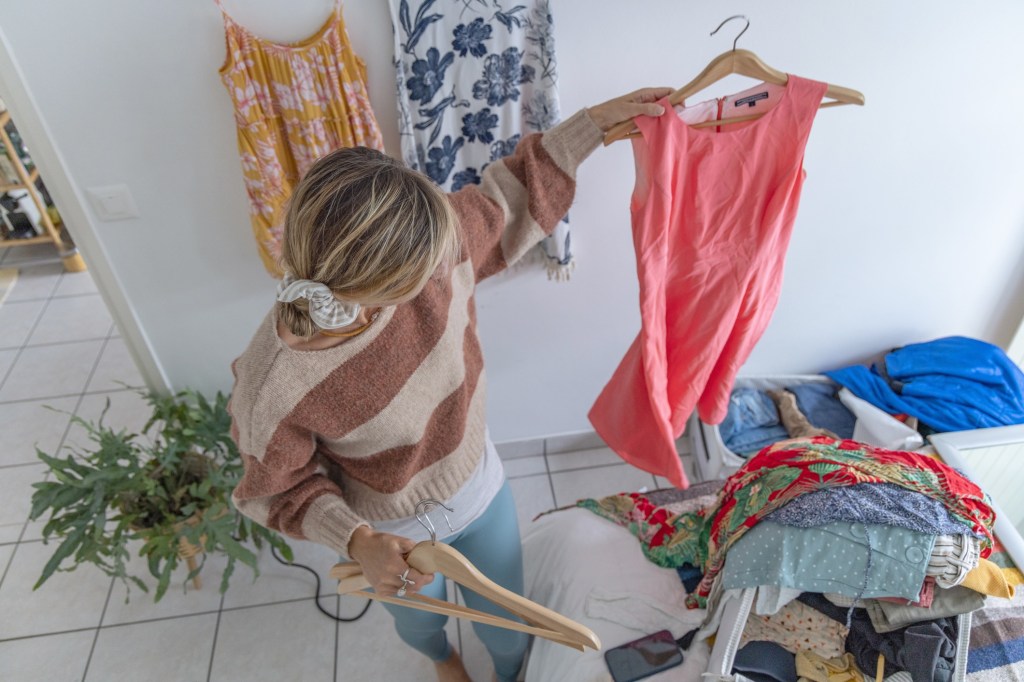
And if you’re feeling a little intimidated, Dozier grants you full permission to give yourself some grace. “The items in your house were accumulated over a lifetime, and decluttering your home — or any home — will not happen in an afternoon,” she said. “Letting yourself conquer one small thing at a time can help you get a sense of progress without feeling overwhelmed.”
When you’re ready to get started, both pros advise working in smaller increments. “For example, instead of trying to tackle the whole kitchen, start with one drawer,” Dozier suggested. “Are there any things in that drawer you feel you can immediately discard? If so, start with those items.”
Silverthorn’s tried-and-true method can also help you structure your decluttering process: Pull everything out, sort it into rough categories, and then get rid of everything you no longer need or want. Only after you’ve put everything you’re keeping back into its proper spot should you purchase any additional storage. “Everything in your home should have a place to live,” she noted.
And don’t forget to give yourself pats on the back along the way. “Once you create some space, let yourself reflect on your accomplishment before moving on to the next place,” Dozier said.
When Clinging Onto Clutter Turns Into Hoarding
As we mentioned, acquiring objects over the years is common and generally isn’t cause for alarm bells. But according to the American Psychiatric Association, that tendency tips over into hoarding disorder when clutter gets in the way of your ability to use your living spaces. Dozier explained, “Hoarding disorder is a psychiatric condition characterized by three core symptoms: difficulty discarding possessions, urges to save new items, and resulting excessive levels of household clutter.”
In this way, hoarding is similar to other psychiatric symptoms. “For example, being anxious or sad is a normal human experience, but when the fear or depression becomes disabling, we consider the person to have a psychiatric disorder,” she said. “Similarly, when holding onto things gets to a level where it’s distressful or dysfunctional for the person, we consider them to have hoarding disorder.”
There are plenty of reasons people hoard — and though the effects of this can cause them difficulty, their intentions are often good. Hoarders “tend to have an increased sense of interconnectedness with their items,” Dozier explained, and view their things as “part of or an extension of themselves.”
Her research also suggests that older adults with the disorder have higher levels of altruism. “This is often seen clinically as an increased sense of responsibility for both items and for the environment,” she said. “Folks want to hold onto [an item] until it can go to someone who can use it, or until they can dispose of it in an ecologically conscious way.”
And while professional help may be the best path forward, Dozier encourages people to reflect on their priorities to make progress in the meantime. “What is one thing you can discard today to make your home more value-consistent?” she posed. “For me, I’m probably going to go move that pasta maker I haven’t used in 10 years to a giveaway box so it’s easier to get to the mixer that I do want to use.”
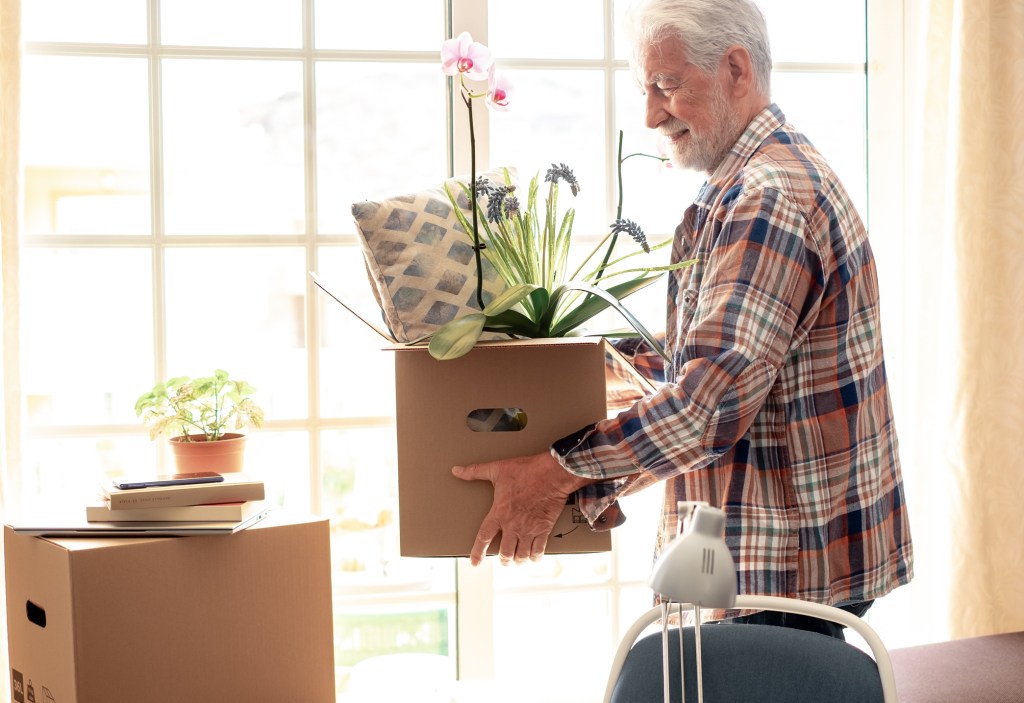
That’s a takeaway that anyone can implement — hoarding disorder or not. But if you’d like to learn more about the former, you can dive further into the symptoms of hoarding disorder here.
RELATED: It’s Time to Finally Declutter: Make This the Year You Create More Space in Your Home (and Mind)
